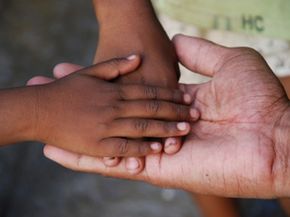Mom always told you to observe the Golden Rule, so how about joining a club that's based on doing unto others as you'd have them do unto you? Kiwanis International is an organization based in Indianapolis, Ind., with more than 260,000 adult members and 320,000 youth members who try to improve the quality of life for children around the world.
Founded on six objectives -- including applying the Golden Rule to all human relationships -- it has 8,000 clubs in cities across the globe. These clubs raise millions of dollars to support 150,000 service projects each year. Those projects include building playgrounds, stocking school libraries, raising money for scholarships and preventing iodine deficiency disorders in children [source: Kiwanis International].
Advertisement
The organization was originally called the Supreme Lodge Benevolent Order of Brothers. But the first members turned to Detroit's historian to come up with a new name after getting tired of belonging to an organization known as "BOB" [source: History Bulletin on Kiwanis]. Kiwanis, taken from a Native American phrase "Nunc Kee-wanis," means "we trade" or "we share our talents" [source: Kiwanis International].
Members include mayors, councilmen and local businesspeople who meet every week to discuss community affairs, business and politics as well as to raise money for its projects. Some clubs host their meetings over breakfast, others over lunch or after work. A handful even meet online.
Read on to find out how the organization got started.
Advertisement
